As promised on our feature article, we’re here to review the Lenovo G25-10. A budget oriented 24.5″ TN gaming monitor featuring a refresh rate of 144Hz under a 10,000 Pesos package.
The G25-10 is also a Full HD monitor with overdrive and ergonomic design. Other noteworthy features includes adaptive sync support (NVIDIA G-SYNC Compatible), its ENERGY STAR certified power efficiency and a thin bezel design. Moreover, check out Trustedmonitors for more information related to PC monitors.
Table of Contents:
- 1 Technical Specifications
- 2 Packaging and Accessories
- 3 Design, Layout and Build Quality
- 4 On-Screen Display Menu
- 5 Test Setup and Methodology
- 6 Color Gamut
- 7 Tone Response
- 8 Brightness
- 9 Contrast Ratio
- 10 Screen Uniformity
- 11 Color Accuracy
- 12 Power Consumption
- 13 Button to Pixel Input Lag
- 14 Motion Clarity: MPRT
- 15 Motion Clarity: Pursuit Camera
- 16 Back light Bleed
- 17 Viewing Angles
- 18 Frame Skipping
- 19 Software, Lighting and Special Features
- 20 Final Thoughts
Technical Specifications
| Display | |
| LCD Size | 24″ |
| Aspect Ratio | 16:9 |
| Resolution | 1920×1080 |
| Refresh Rate | 144Hz |
| Adaptive Sync | AMD FreeSync, Nvidia G-SYNC |
| Pixel Pitch | 0.2825mm |
| Brightness | 400cd/㎡ (Peak) |
| Contrast Ratio | 1000:1 |
| Panel Type | TN |
| Response Time | 1ms (GtG) |
| Color Space | 72% NTSC |
| Color Depth | 8-bit |
| Backlight | LED |
| Connectivity | |
| Display Options | 1x DisplayPort 1.2, 1x HDMI 1.4 |
| USB | — |
| Audio | 1x 3.5mm (Audio-out) |
| Ergonomics | |
| VESA Mount | 100x100mm |
| Pivot | — |
| Swivel | — |
| Tilt | -5°/+22° |
| Lift | 110mm |
| Dimensions | |
| Length | 557.49mm |
| Width | 234.8mm |
| Height | 366.53mm |
| Weight | 5.1kg |
Packaging and Accessories
Lenovo packed the G25-10 inside an environment friendly packaging. The product should come with the following items inside:
- 1x Power cable (1.8 m)
- 1x HDMI cable (1.8 m)
- Quick setup guide
Bundles are decent. Nothing special here so let us move on to the monitor itself.
Design, Layout and Build Quality
Lenovo designed the G25-10 with simplicity in mind – which is a nice contrast compared to their Legion gaming gears. More akin to the ThinkVision line-up of monitors really.
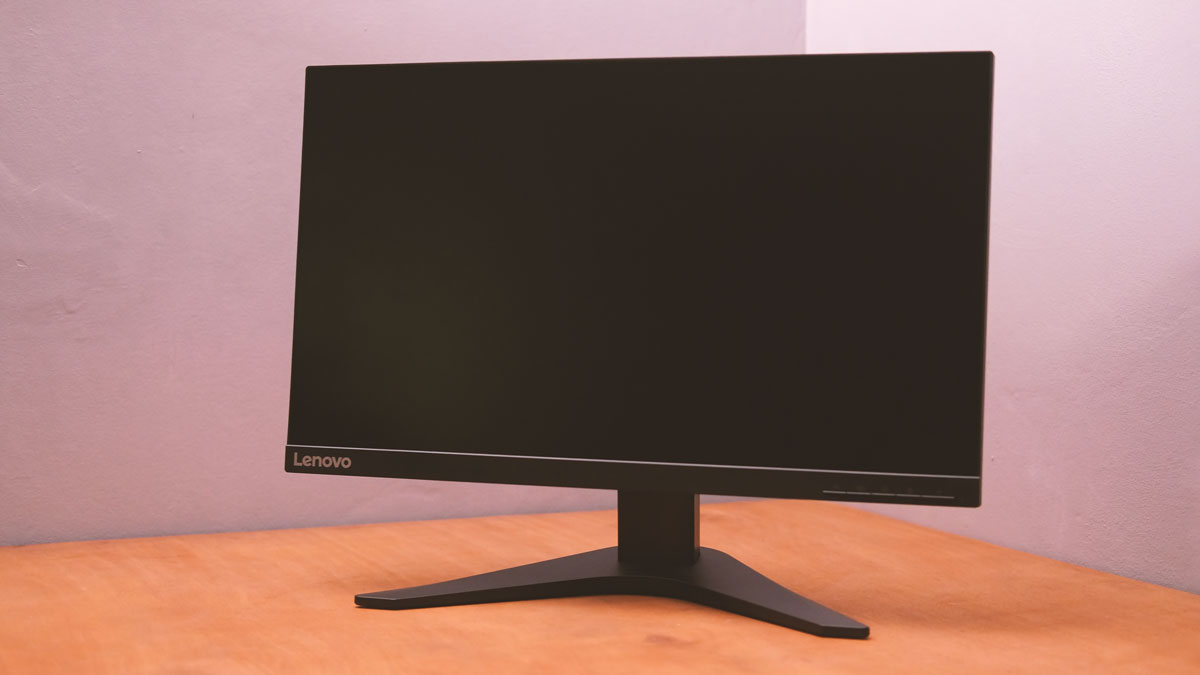
Now surface treatment appears to be a hard coating with anti-glare properties. Pretty much a standard feature for recent gaming monitors.
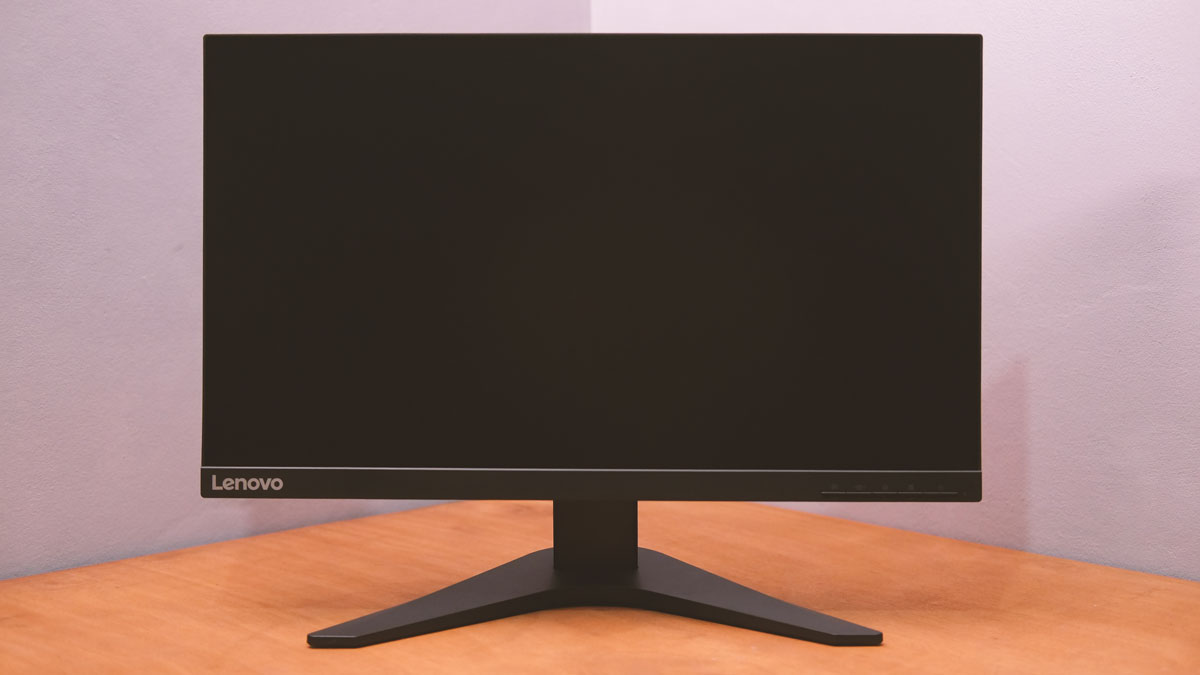
The back panel area is so clean it must be illegal. Kidding aside, we really like how the G25-10 looks both front and back. Cable management is also something the monitor could boast over its competitors at this price range.
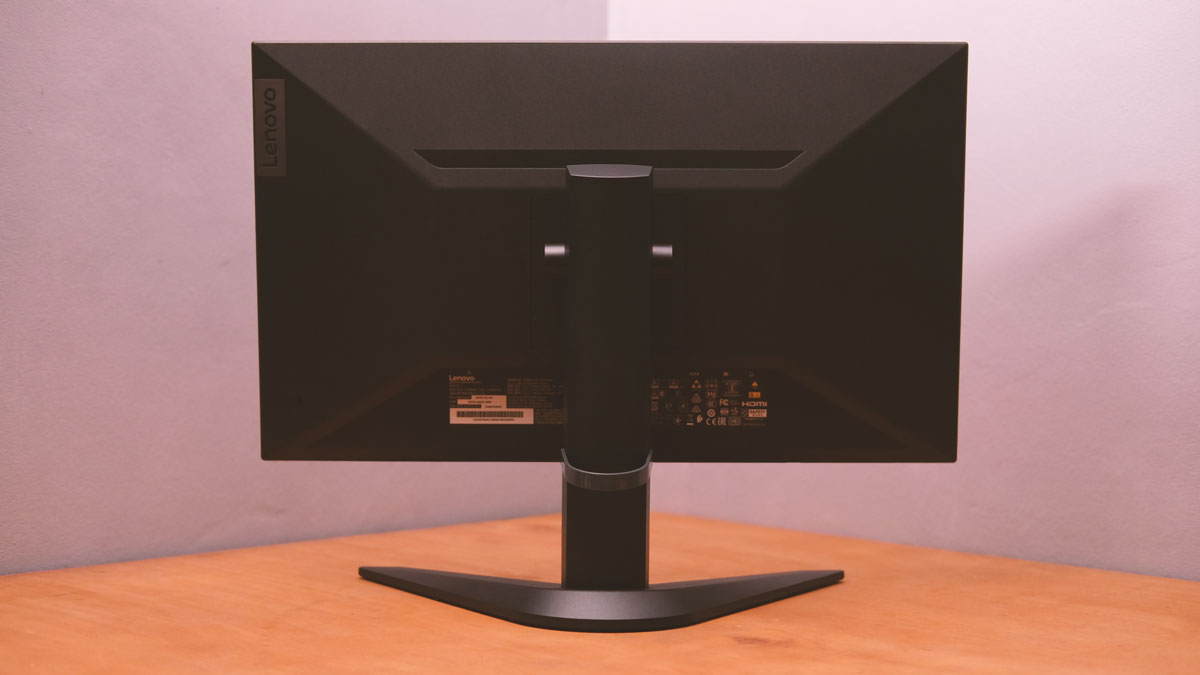
Ergonomics is more than decent with tilt and height adjustability. VESA is of course supported so if you want two or three of these in a more ergonomic fashion, then you are welcome to do so.
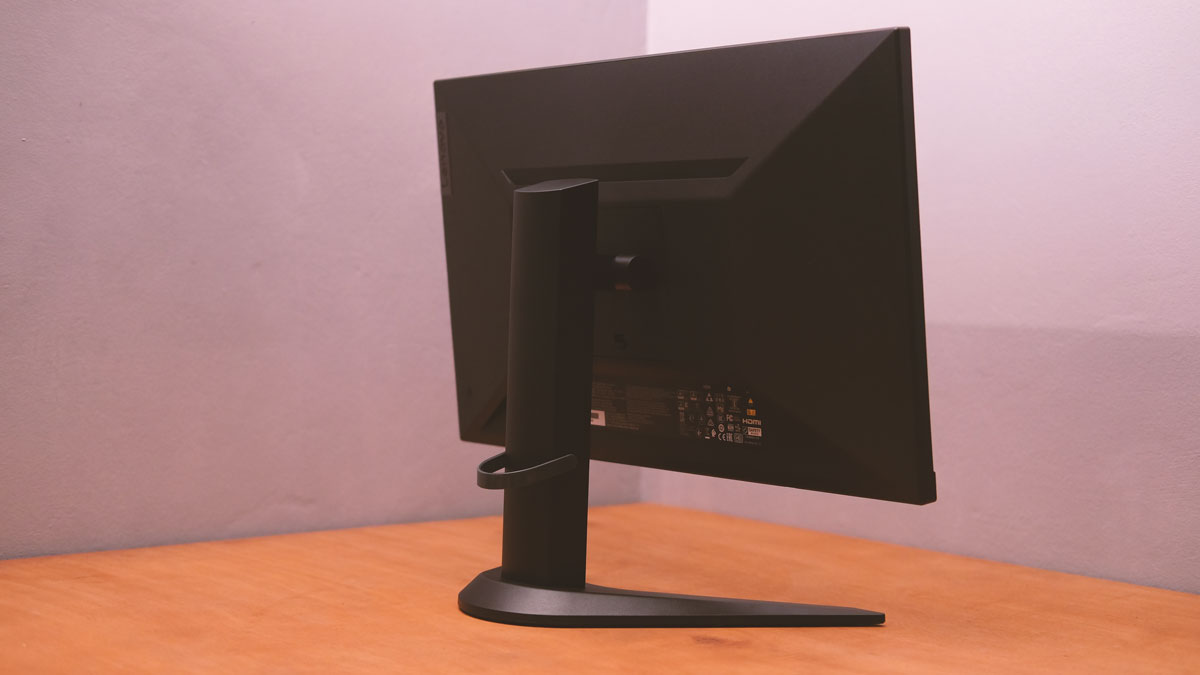
Display options are just decent with a single HDMI and DisplayPort port. As for connectivity, there’s support for an audio out but that’s about it. The lack of USB ports is not an issue at this price range but I actually like to have that option here just to leverage its features over the competing brands. Regardless we like that power supply is internal so hiding an ugly power brick is not a thing you should be worry about.
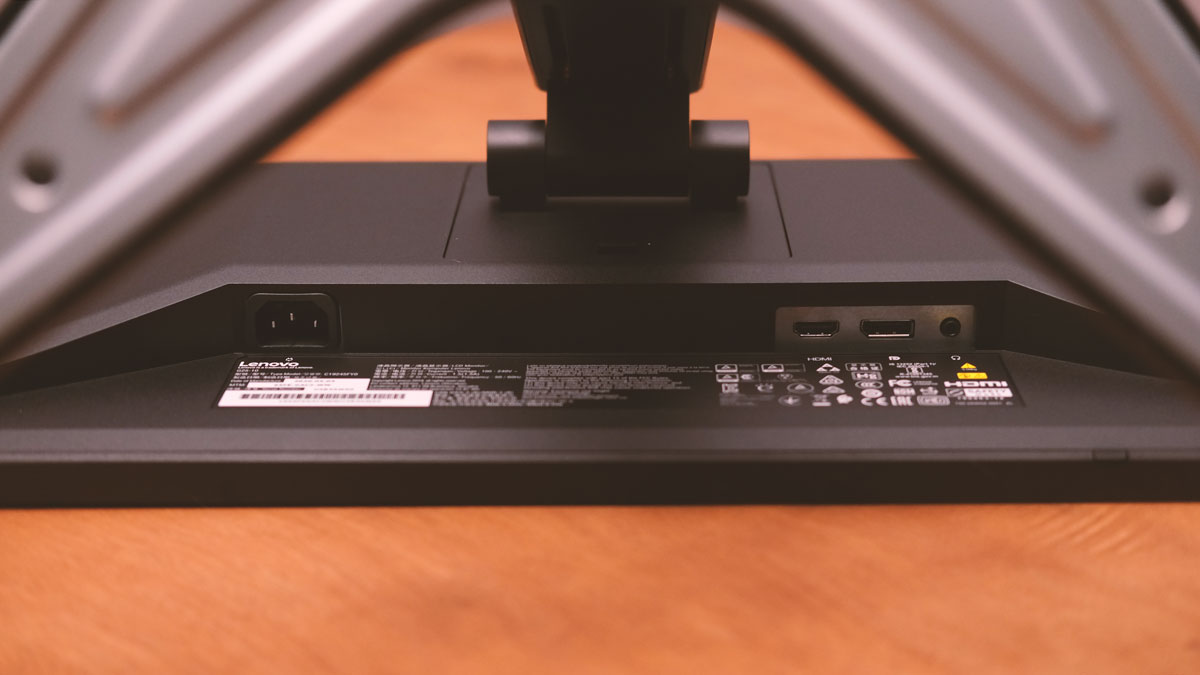
On-Screen Display Menu
The OSD is simple and easy to navigate – all thanks to the simplified button based input and the OSD’s no BS interface. Now we have six menus here with the information menu and luminance options at the top. No gamma options here though which is kind of a shame.
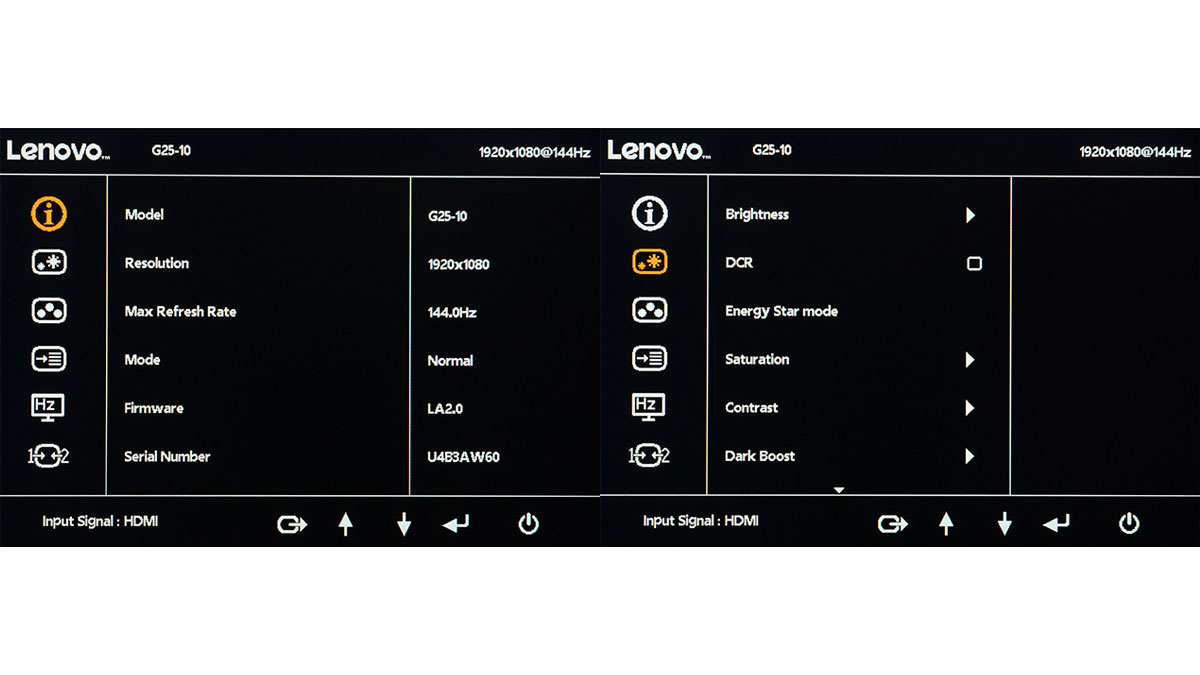
Next up would be the color menu. This is the part where you could play with the color temperature, apply sRGB mode (will disable most luminance options) and enable blue light mode. Up next would be the monitor’s setup menu for the OSD itself. Self explanatory stuff.
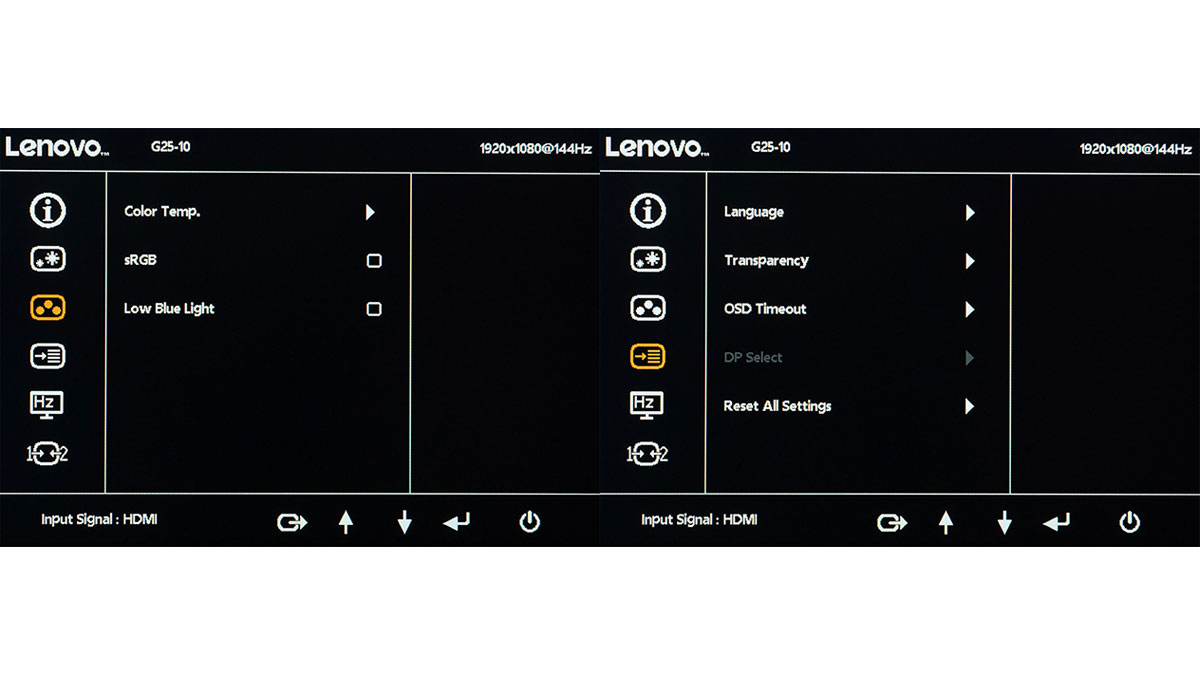
Game menu is actually one of the more important menus but it is located way below the OSD’s hierarchy. This is where you could select presets, the overdrive (off, normal, extreme) and toggle AMD FreeSync. Funny enough, Lenovo markets the display as an Nvidia G-SYNC Compatible display – which is not wrong.
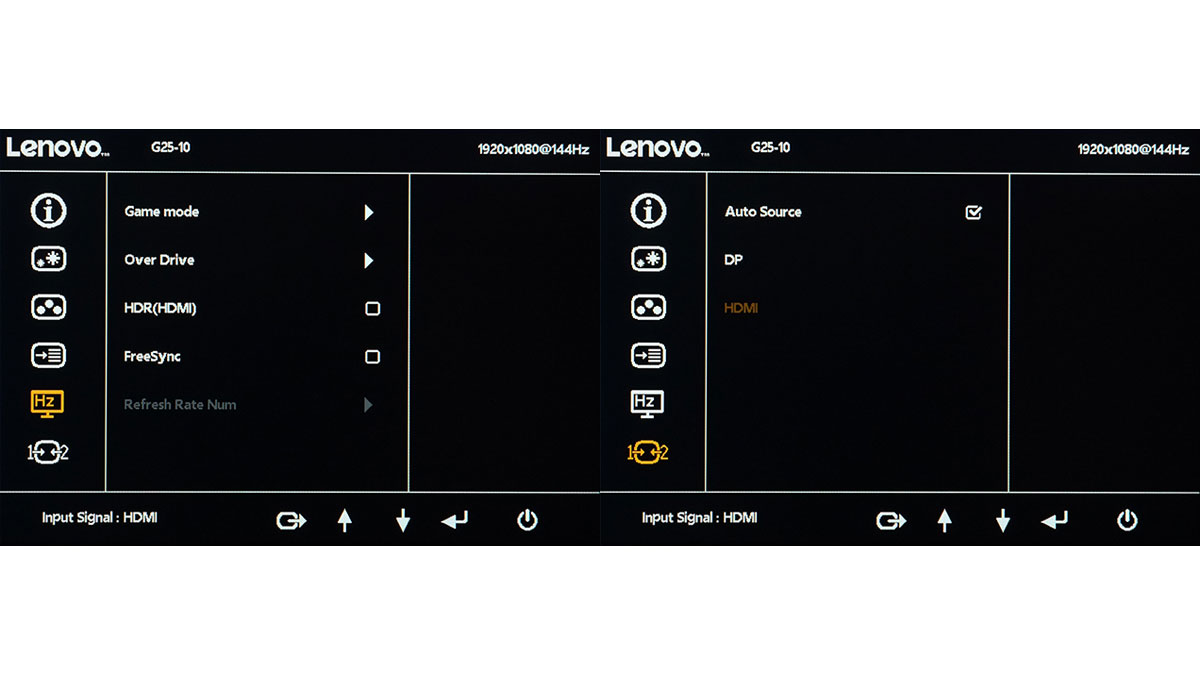
Test Setup and Methodology
Our test setup relies on the Blur Busters TestUFO Motion Tests and the Data Color Spyder5ELITE Display Calibration System. The cameras used throughout the review for the motion artifact and high speed assessments are the Fujifilm XE-1 and the Nikon 1 J1.
| Default Test System Specifications | |
| CPU | AMD Ryzen 5 3600 |
| Motherboard | ASUS ROG STRIX B550-I Gaming |
| Cooler | AMD Wraith Stealth V2 |
| Memory | ADATA Premier 2666MHz 16GB |
| GPU | ASUS ROG Strix RX 570 4GB |
| Storage | Crucial BX200 480GB |
| Case | Mechanical Library JXK-K3 |
| PSU | Thermaltake Toughpower GF1 650W |
| Display | LG UF680T |
| OS | Microsoft Windows 10 Pro 64-bit |
Target for calibration is a 2.2 Gamma value, with a White Point at 6500K and a Brightness value set at 120 cd/㎡. Calibrated values are then analyzed with the Spyder5ELITE Display Analysis tool. Do note that Dynamic Contrast Ratio and other extra features built within the OSD are disabled during the tests. The following OSD values are selected for the display calibration.
| OSD Settings | |
| Brightness | 26 |
| Contrast | 85 |
| Saturation | 50 |
| Temperature | Warm |
| Gamma | — |
| Preset | — |
If you wish to use the calibrated ICC profile taken from our Spyder5ELITE result, just send us a message. You may also read our guide on how to use ICC profiles.
Color Gamut
The Color Gamut test evaluates the color space coverage of the display panel from industry standards such as sRGB and AdobeRGB. Higher percentage is better.
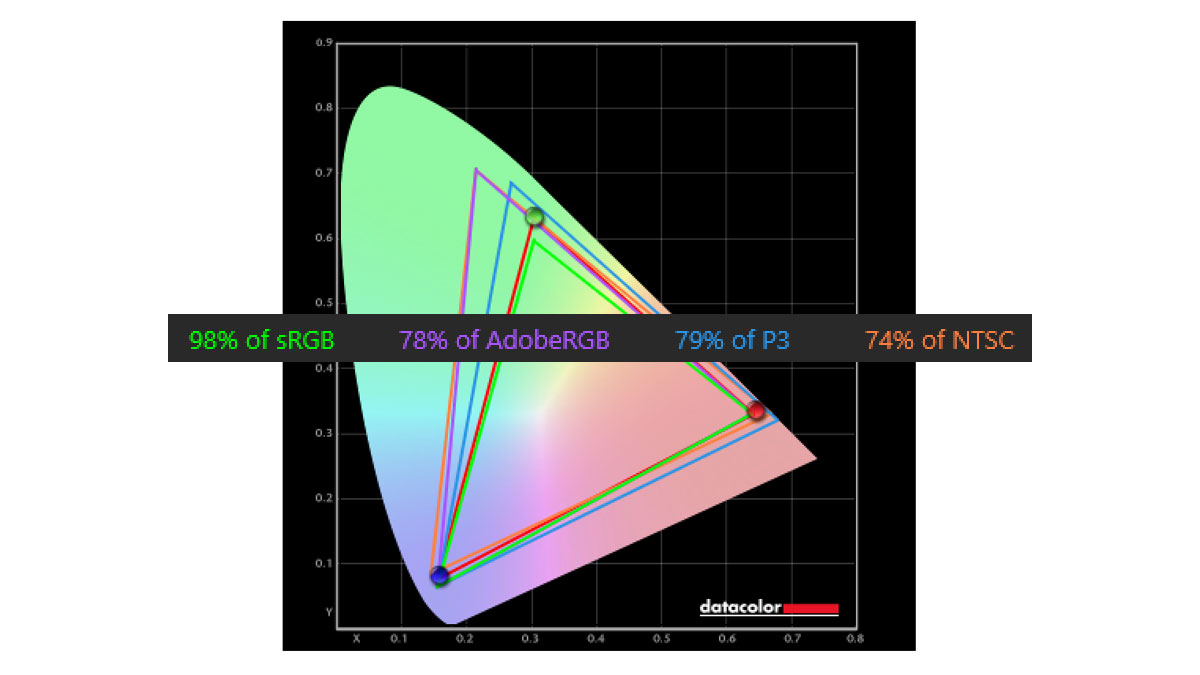
Lenovo specified an NTSC coverage of about 72% (74% on our review), while sRGB, Adobe RGB and DCI-P3 are nowhere to be found. Lucky for us, we got the results here for the missing parts: sRGB is about 98%, Adobe RGB is at 79% and DCI-P3 at 78%. A decent start we got here from the G25-10.
Tone Response
Tone response is where we check the display panel’s Gamma and presets if there are any. We then compare the results with the industry standard Gamma level at 2.2. Closer to this value is better.
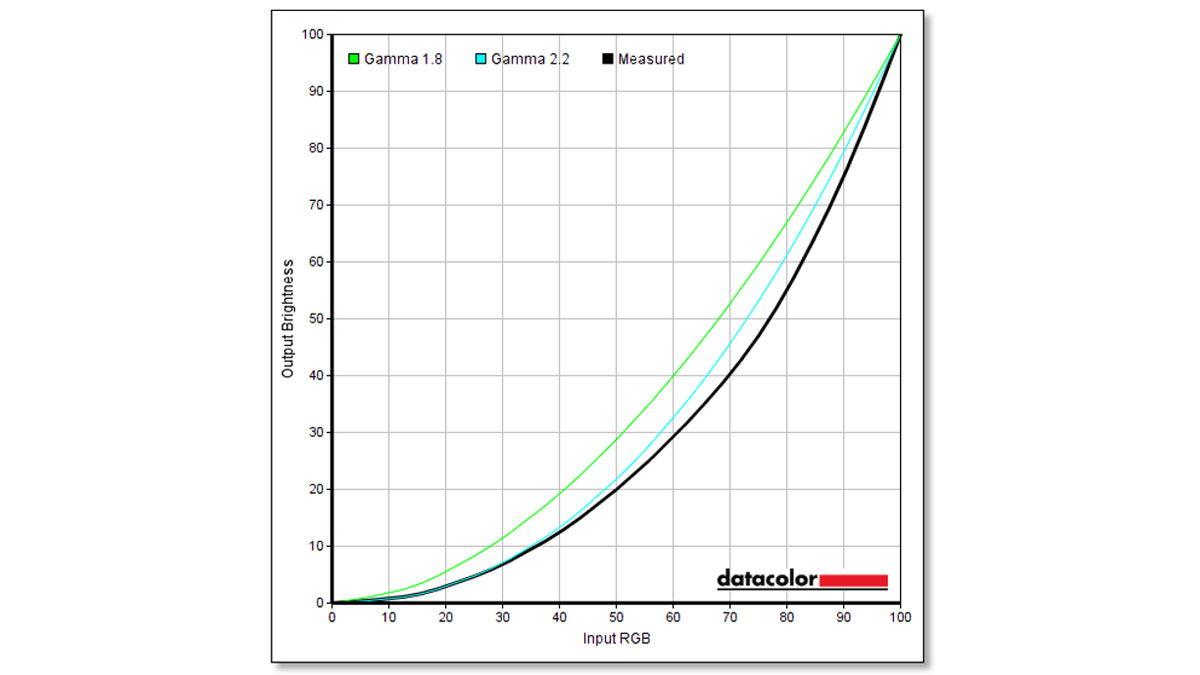
Gamma level is shut at 2.3. Can’t really do anything about this unless you play with the contrast and dark boost at the OSD.
Brightness
The test here will shows us an overview on how the display performs at its maximum brightness level. This is measured in nits or candela per square meter (cd/m2). Higher is better.
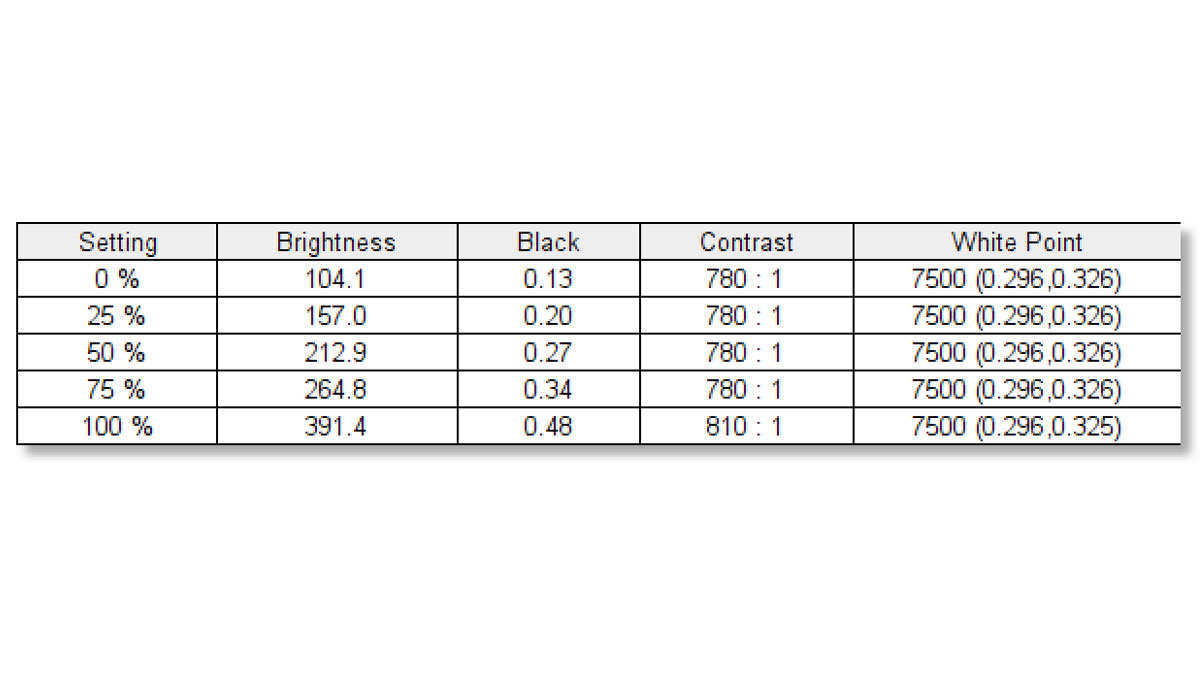
Maximum brightness is about 391.4 nits which is among the highest on our reviews.
Contrast Ratio
Static contrast ratio is also tested. The test here will shows us how the display performs at its maximum contrast level measured in luminance ratio. Higher is better.

Contrast is where it kinda went downhill for the G25-10 with a ratio of about 810:1. Among the lowest on our list of tested monitors. Could be better with the dark boost turned on.
Screen Uniformity
This test shows us an overview of the display panel’s screen uniformity at maximum brightness level. The closer this value to 0, the better the quality of the panel.
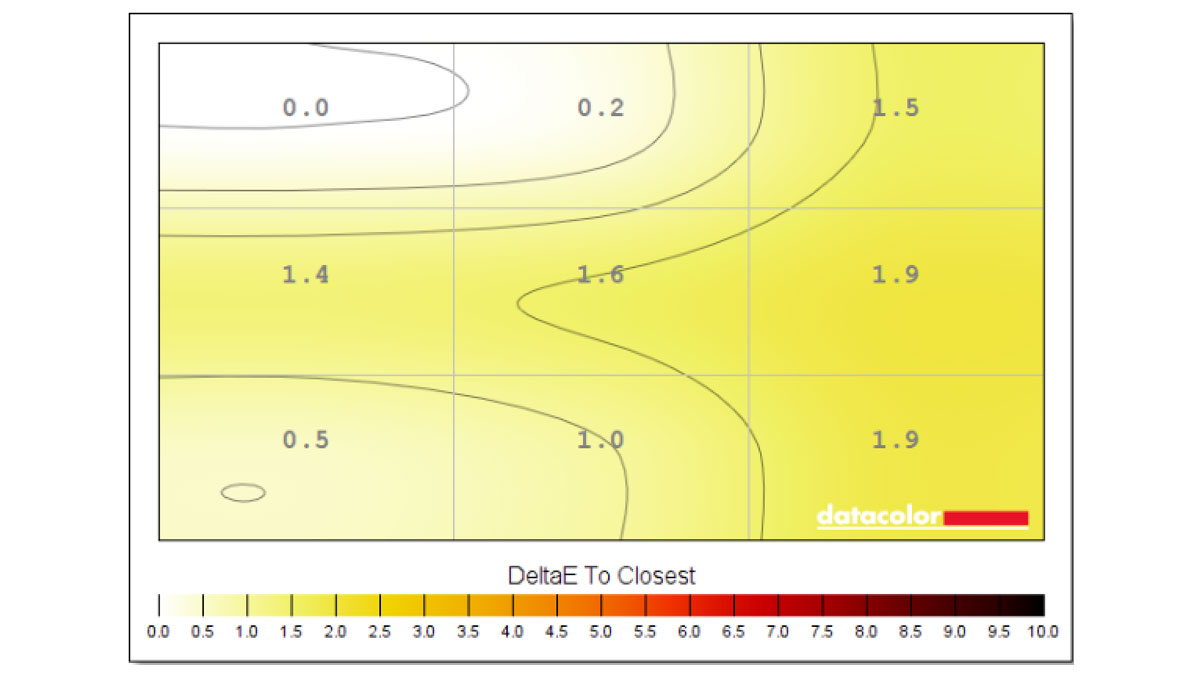
Screen uniformity is just decent with an average 1.79 Delta-E value. Highest deviation are the right most parts of the panel.
Color Accuracy
The color accuracy test shows how different basic color hues are reproduced by the display panel. These color tones corresponds with the Datacolor SpyderCheckr. Lower Delta-E values are better.
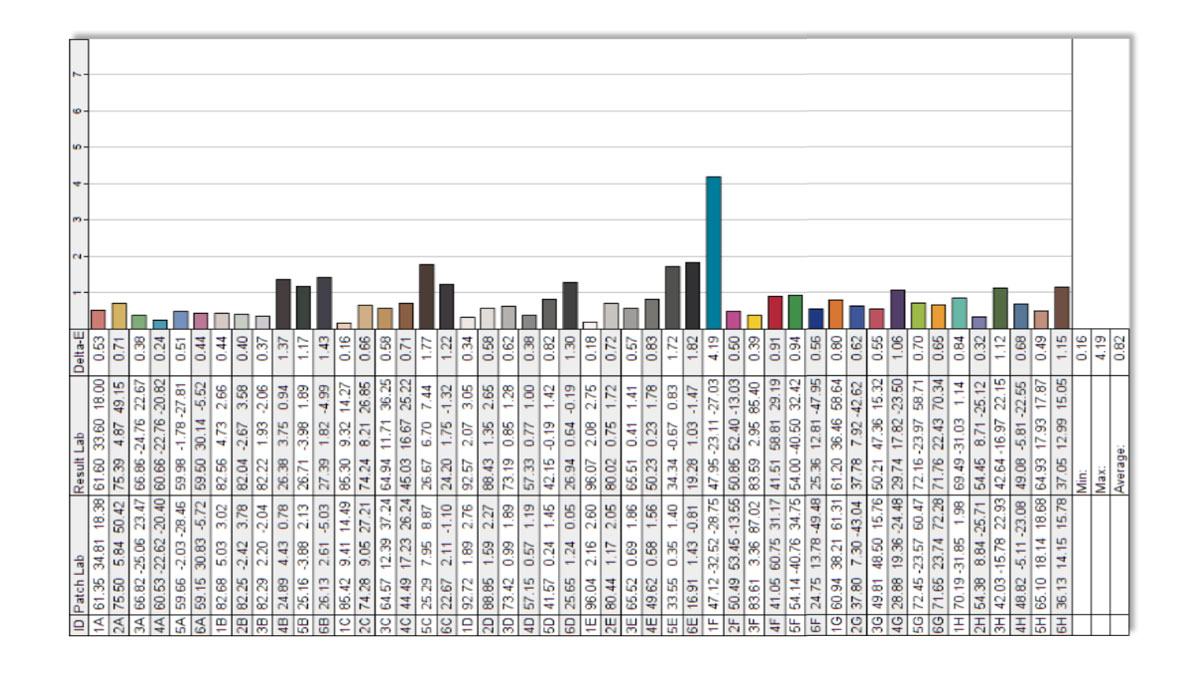
Now color accuracy is pretty good at 0.82 Delta-E average. One of the better TN panels we’ve tested when it comes to color accuracy.
Power Consumption
The power consumption is checked with a power meter. Measurements are taken at maximum brightness and contrast levels.
| Idle | 0.21w |
| Calibrated (120 nits) | 13.8W |
| Max | 21.2w |
Power consumption is about 21.2W at its maximum with a matching 13.8W at its calibrated settings. That ENERGY STAR certification is no joke.
Button to Pixel Input Lag
Our Button to Pixel Input Lag result is the combination of latency from the point of input, processing and display output. To quantify the display panel input lag, we utilized Quake 3 Arena as our main shooter. The game is set at the panel’s native resolution with the FPS locked at 500. We check how much delay in milliseconds it took the monitor to output the signal via a 1200 FPS high-speed camera with ~0.83ms of accuracy.
| Lowest | 2ms |
| Average | 5.5ms |
| Highest | 10ms |
Button to pixel input lag on average is 5.5ms. That’s pretty fast – taking the fifth spot on the ranks. Another win for the TN panels I guess.
Motion Clarity: MPRT
Motion Picture Response Time (MPRT) is the numbered approach to demonstrate the level of perceived motion blur on a display. Basically, a lower persistence value indicates less motion blur. Refresh rate and the sampling method plays a major part here whereas a higher refresh rate nominally features better display persistence values.
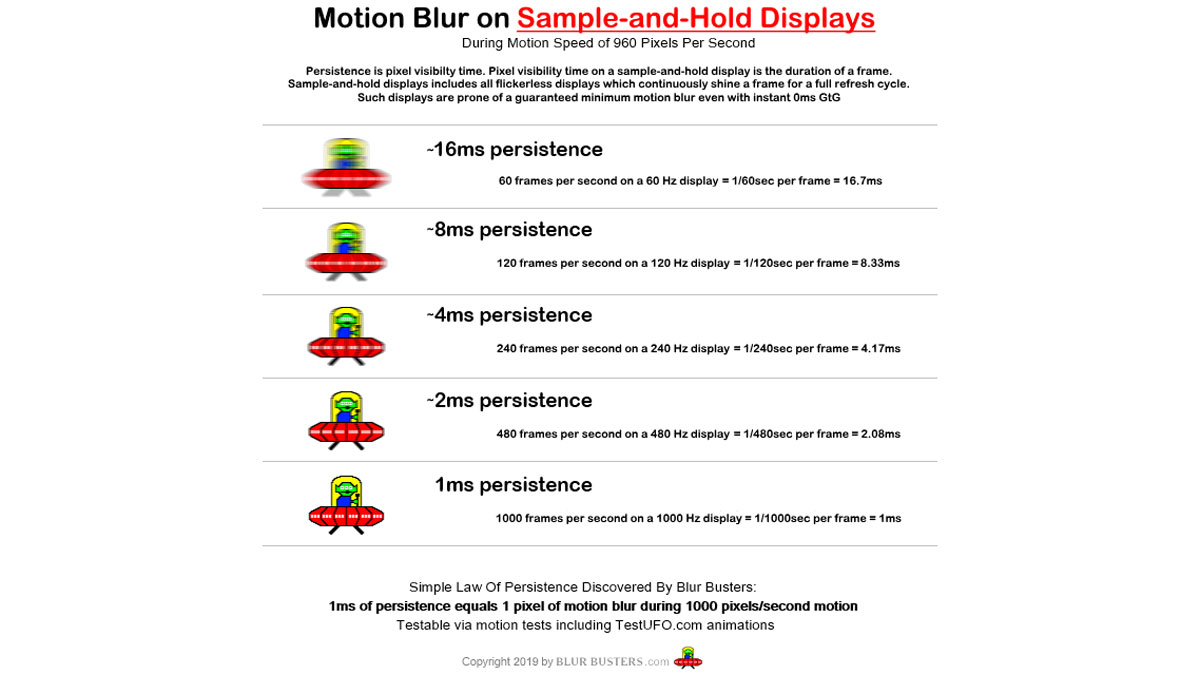
These results are references to check out the theoretical MPRT values of a display. Head over to our Pursuit Camera test for the visual representation of the actual values.
Motion Clarity: Pursuit Camera
Setting up a pursuit camera courtesy of Blur Busters allows us to a great extent, perceive the actual motion clarity of the display. Using such method also allows us to check out motion artifacts including ghosting, inverse ghosting and blurring. This pursuit camera test is a peer-reviewed invention.
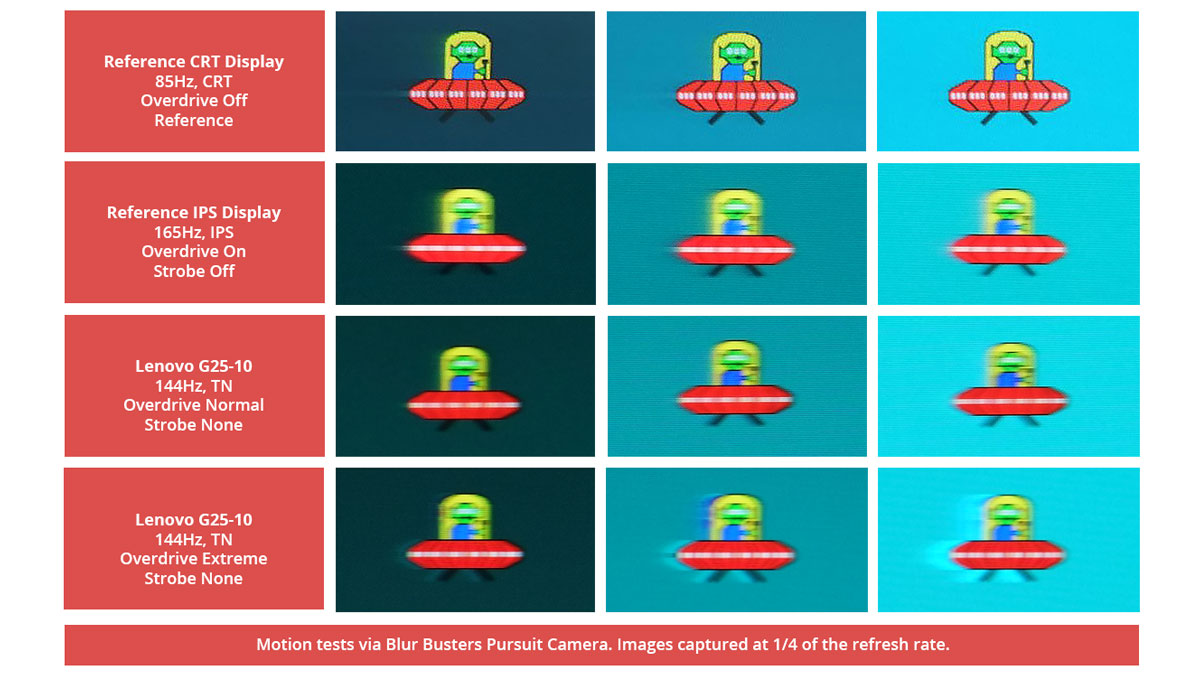
Interesting enough, the Lenovo G25-10 comes with a better motion clarity over the 165Hz IPS panel reference – with of course the exception of overdrive at extreme. That option is just not worth it to be honest.
Best setting here is to use overdrive at its normal setting.
Back light Bleed
Back light Bleed is the phenomenon where back lighting from a display leaks. This is prevalent with displays where LEDs used to light the panel are situated at the edges of the display. Testing the back light of the display is conducted on a dim room, simulating the recognizable amount of bleed for such scenario.
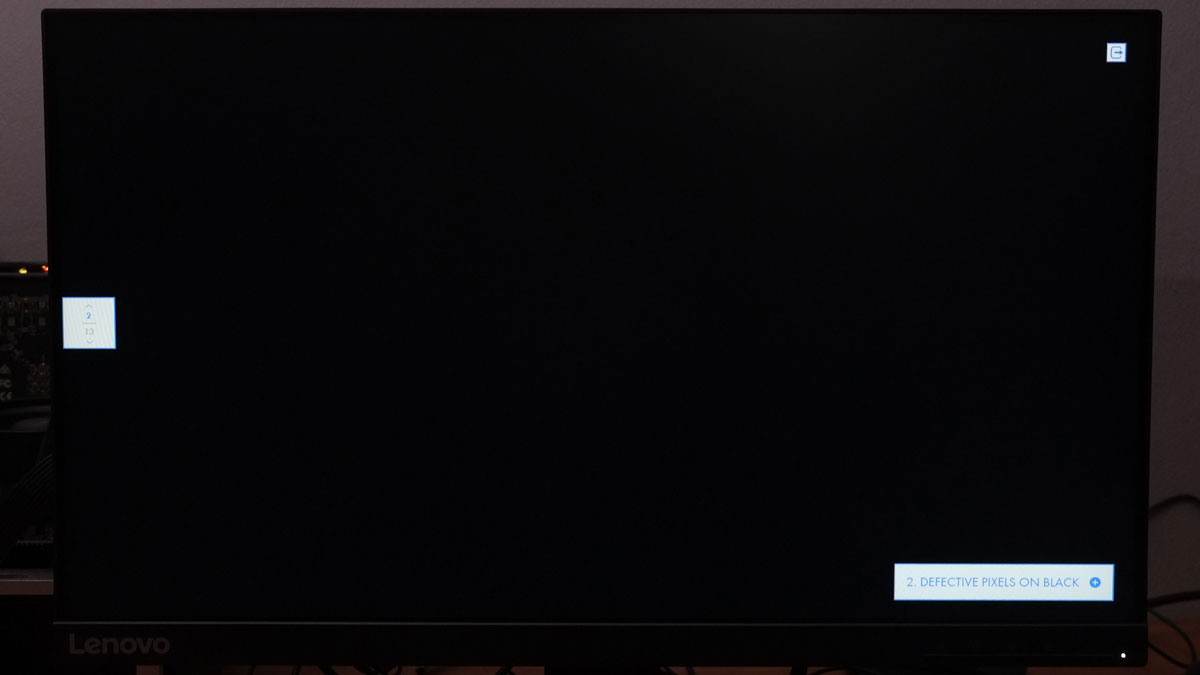
Back-light bleed is almost non-existent. No IPS glow here for an obvious reason.
Viewing Angles
Viewing angles are also tested to check out how the display panel performs at different positions or eye levels. This should be helpful if you are looking for a panel that could be used on multi-monitor setups.
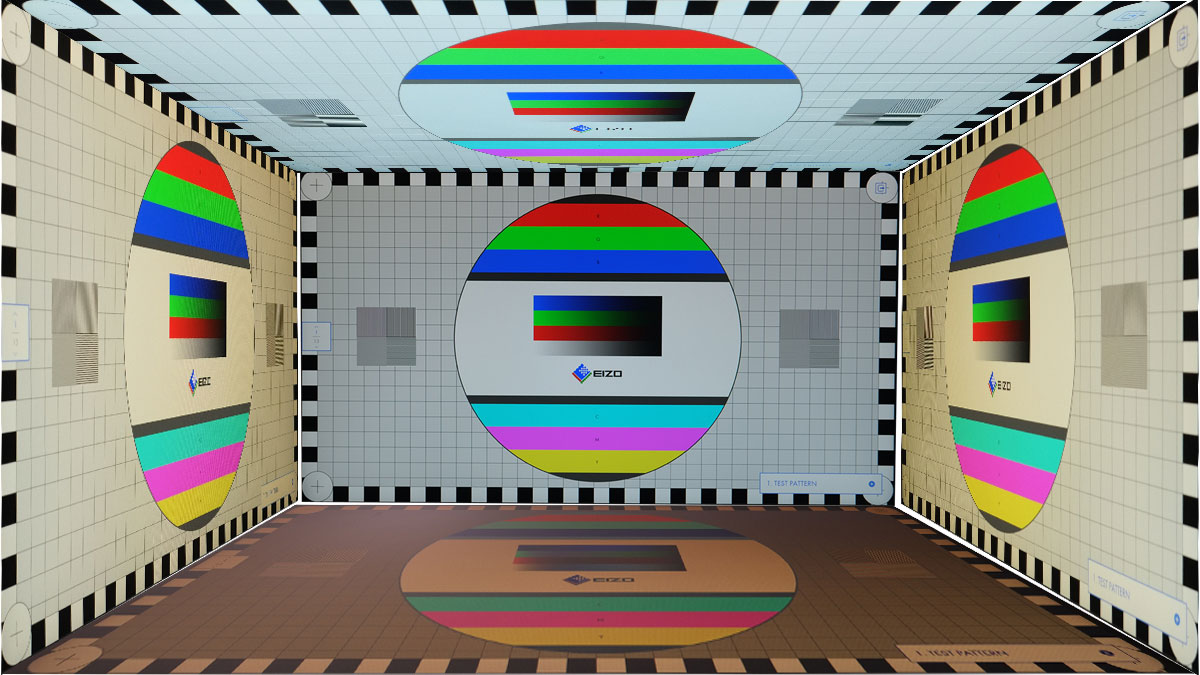
Color shifting is yeah… the bane of TN panels and this one is no exception.
Frame Skipping
Frame Skipping is the phenomenon where dropped frames and missing refreshes occur due to ineffective refresh rate overclocking. We are are utilizing the Blur Busters Frame Skipping Checker to test if there is any. If your display exhibits such issues, it should be perceptually similar to in-game frame skipping.
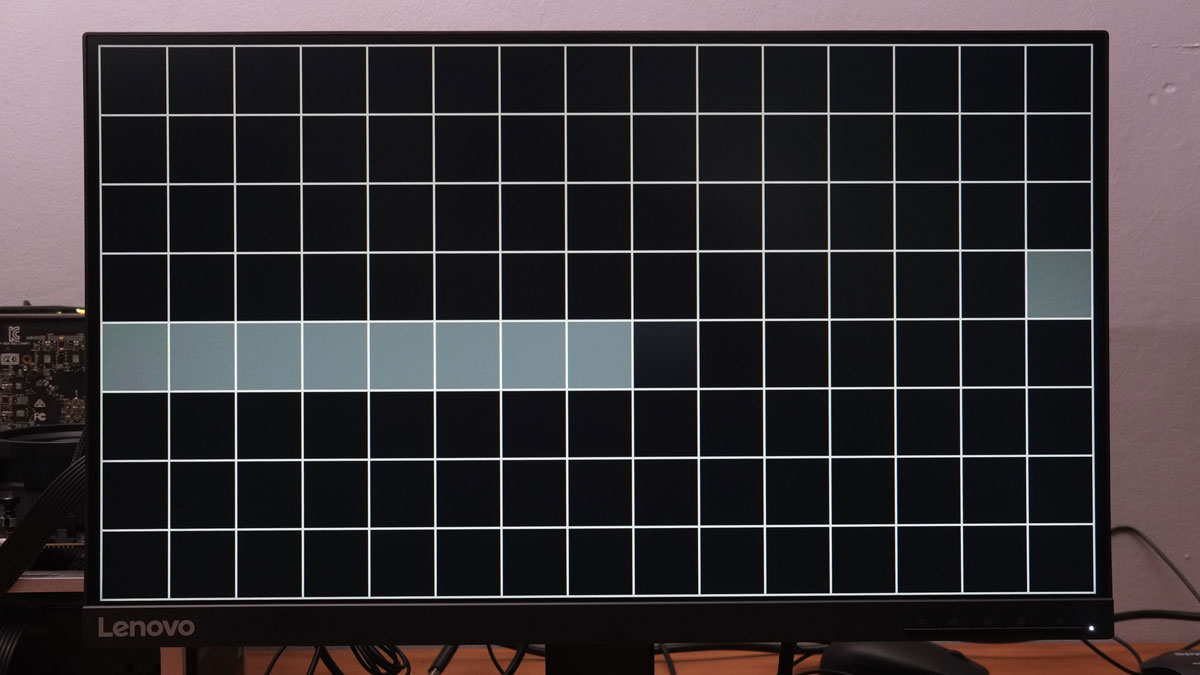
No frame skipping issue here. Pretty solid thus far.
Software, Lighting and Special Features
The Lenovo G25-10 features support for adaptive sync which means it fully supports AMD FreeSync and is certified Nvidia G-SYNC Compatible upon launch. The feature is enabled out of the box which is understandable since there’s no reason to turn it off. That’s unless you’re experiencing some issues with it enabled.
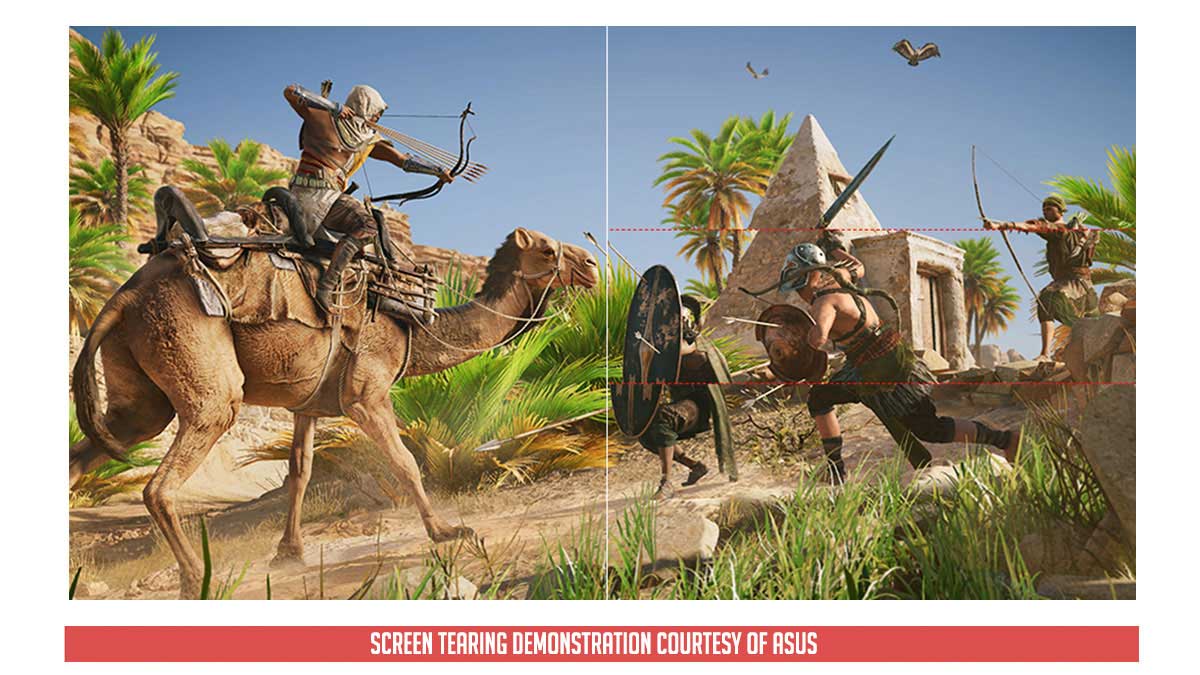
Backlight strobing is unfortunately not supported and gaming oriented features are limited to what’s written on the paper. And oh, while the peak brightness certainly adheres to the HDR400 spec, the monitor doesn’t offer local dimming so it is rather useless.
Final Thoughts
The G25-10 is Lenovo’s budget oriented take on the gaming monitor market and it shows – both the good and bad.
First up let us talk about what’s good with the display that should obviously start with the chart topping luminance value. What’s surprising though is that it achieved it with a relatively low power consumption of 21.2W. Color accuracy is also great with a matching 98% sRGB coverage that should be decent enough for casual content creation. End to end latency is also great featuring a 5.5ms result. The 1ms GtG response time played a large part here. With that said, we also saw excellent motion clarity that could easily beat an IPS panel with 165Hz refresh rate as far as motion clarity is concerned.
Now as for turn offs, it would be the obvious. Color shifting, contrast ratio and the static tone response. HDR is also so-so with playback support for such content yet without local dimming as a part of the feature, it is finicky at best.
In closing, the Lenovo G25-10 is just a proper gaming monitor for its price bracket with some surprising benchmark results for its price of 10,495 Pesos. TN is definitely not dead.
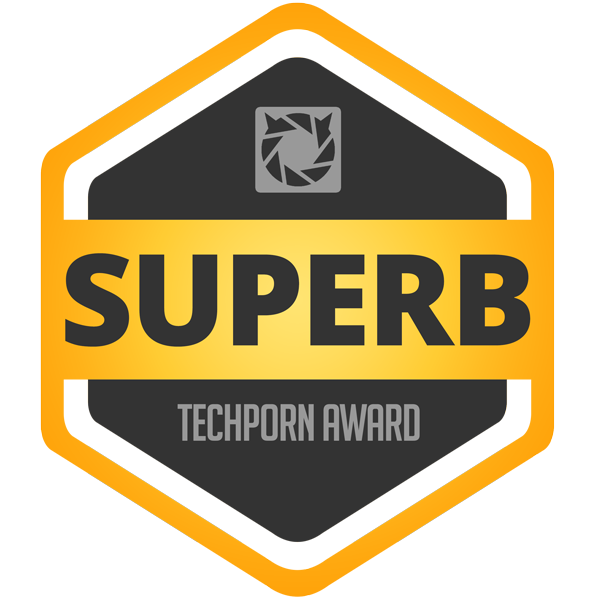
Lenovo G25-10
-
Performance - 9/10
9/10
-
Build Quality - 9/10
9/10
-
Features - 7/10
7/10
-
Design - 9/10
9/10
-
Value - 9/10
9/10
Summary
The Lenovo G25-10 is a fresh take into the 144Hz budget gaming monitor landscape with a tried and tested TN panel for a fluid gaming performance. A simple product with a not so basic performance output.
Pros
- Luminance output
- Color accuracy
- Motion clarity
- Power efficiency
- End to end latency
- Simplistic design
- OSD navigation
- Ergonomics
- Adaptive sync support
Cons
- Color shifting
- Fixed gamma level
- Contrast ratio
- HDR support or lack thereof
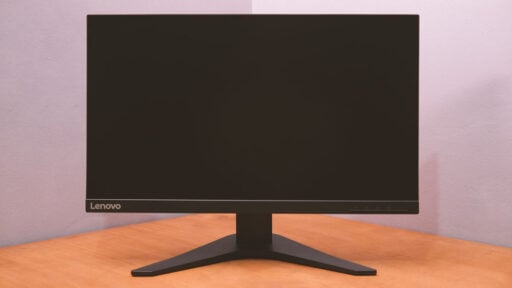



is it faster than viewsonic xg2405?
Yes, a bit faster. You may cross reference this review’s results with the previous ones.
I am stuck with viewpoint xg2405, 24g2e and Lenovo 25-10 what do you recommend? does the lenovo have a faster response time? i dont really care about the viewing angles though. thank you for the response
The Lenovo is definitely better compared to the other displays when it comes to response time and motion clarity (outside 1ms MPRT mode).
Hey great review! Just one question, when you talk about pesos, are you talking about Mexican Pesos?
Hi! This is in Philippine Peso. :)
Looking to buy this monitor, but I saw its tech specs in Lenovo main web and it says response time 1ms (extreme mode). what mean extreme mode and how to turn on?
Hello ! I was wondering if you had any recommendations for the lighting/color settings when playing games on this monitor. The gaming section offers some presets and I was wondering if I should use these, or just keep the standard settings. Also the sRGB mode, you had that at a higher percentage so should I enable that? Thank you.
Great review! You just convinced me to purchase one.
Hi! Are the measured color accuracy tested before or after calibration. Have you data, what accuracy is out of the box?
Measured color accuracy were taken with the monitor already calibrated. Accuracy is a bit lower out of the box due to the colder color temperature. I believe it sits at around ~8000K FOB.
Xin chào. Tôi có một màn hình Lenovo G25-10. Bạn có thể cho tôi xin File ICC màu của nó được không.
Hello. I have a Lenovo G25-10 monitor. Can you give me its color ICC file please.